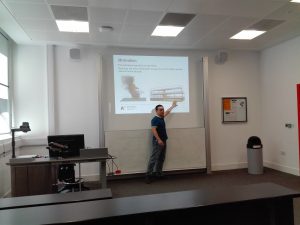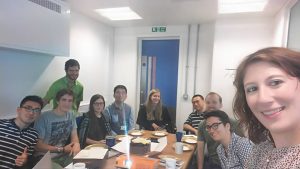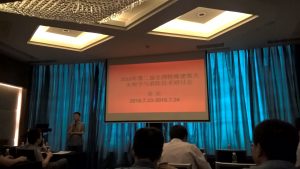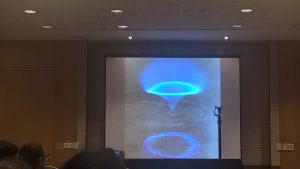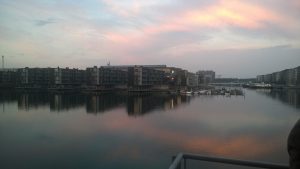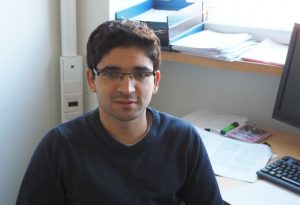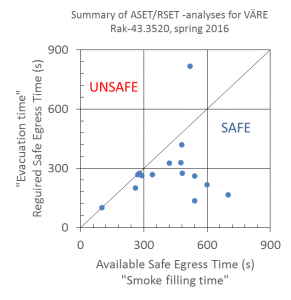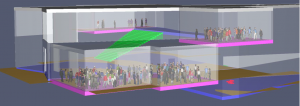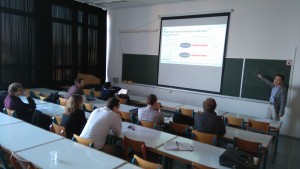MSc thesis topic in the numerical simulation of passive fire protection systems
We are looking for a MSc student to this paid MSc thesis project.
Background: Passive fire protection systems (e.g. stone wool) are used in building and other industries to protect structures and devices from heat and hazardous conditions, such as fire. Design of such systems has been mainly based standardized testing, but a clear need for simulation-based design tools exists.
Task: You will construct a numerical simulation model for the thermo-chemical behavior of a thermal insulation / fire protection material using existing simulation tools, such as FDS or Comsol. The model development consists of the specification of heat transfer mechanisms and formulation of chemical reaction scheme to describe the exothermic reactions inside the material. You will determine the model parameters using small-scale experiments and an optimization algorithm, and validate the model using large-scale experimental data. The simulation model can be used for the product development, performance assessment, and risk analyses.
Advisor: Thesis advisor will be PhD Hannu-Petteri Mattila, Paroc Oy, Parainen.
Practicalities: Starting time in winter/spring 2017. The work will be made in the premises of Aalto University or at Paroc (Parainen), as agreed later. Grant of 12 000 eur will be applied from the Aalto University’s Science and Technology Foundation.
Expectations: The topic can suit for the students of (applied) mathematics, physics, civil engineering, energy technology and chemistry. Relevant (non-exclusive) skills: Thermodynamics, heat transfer, numerical analysis, modelling and simulation. Good oral and written English. Group-working skills.
Apply before 9.12.2016 by sending your cover letter, CV and study transcript to simo.hostikka@aalto.fi.
Contact
Prof. Simo Hostikka
Fire Safety Engineering, School of Engineering
simo.hostikka@aalto.fi
050 447 1582


